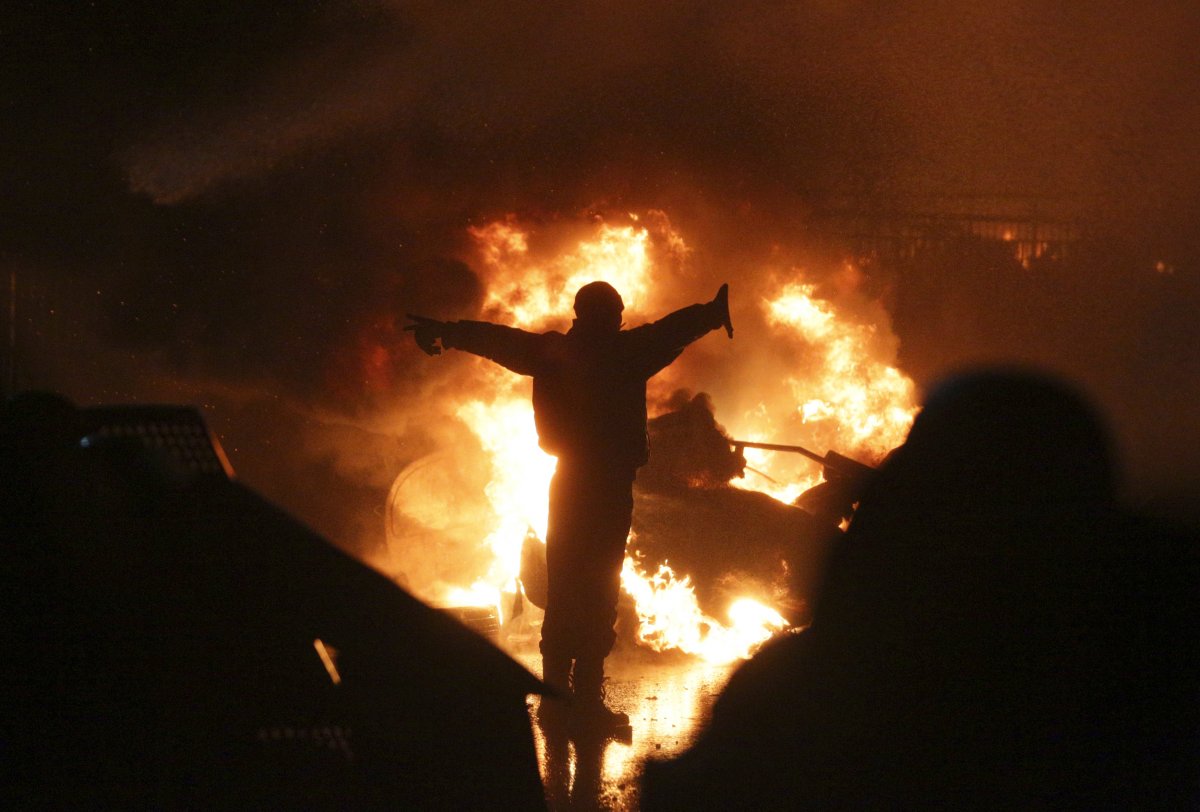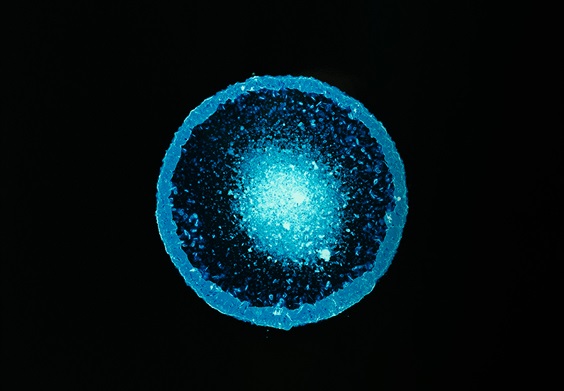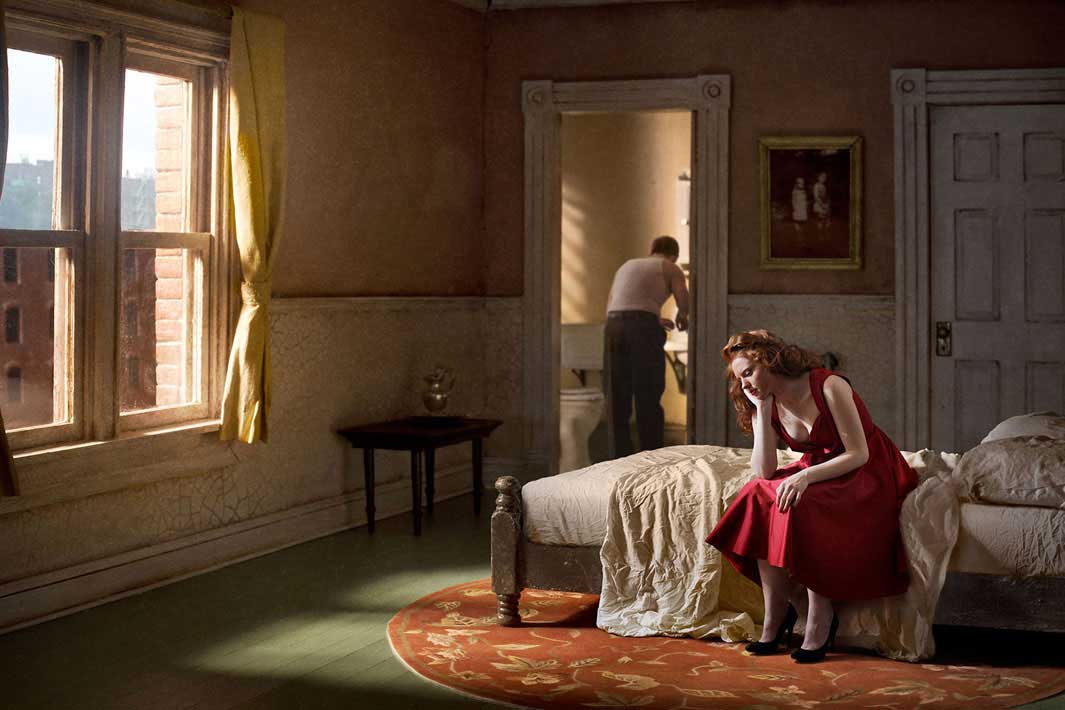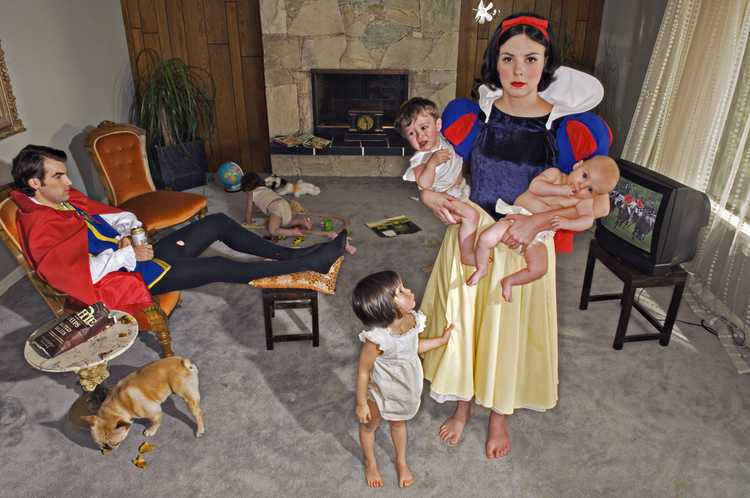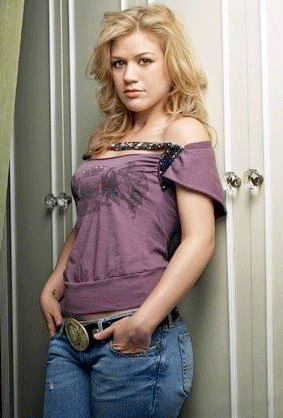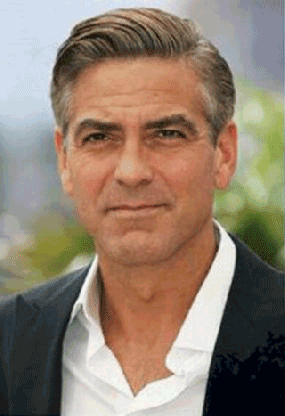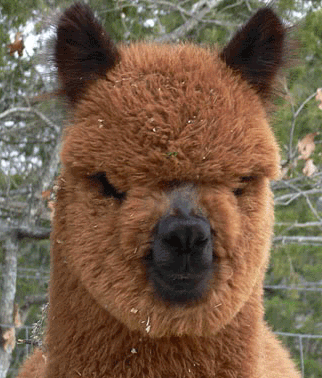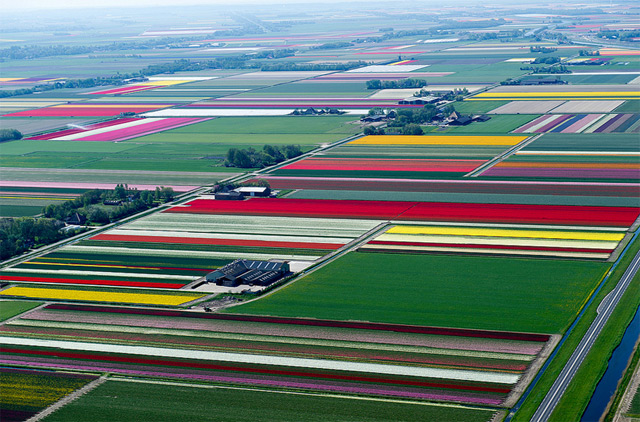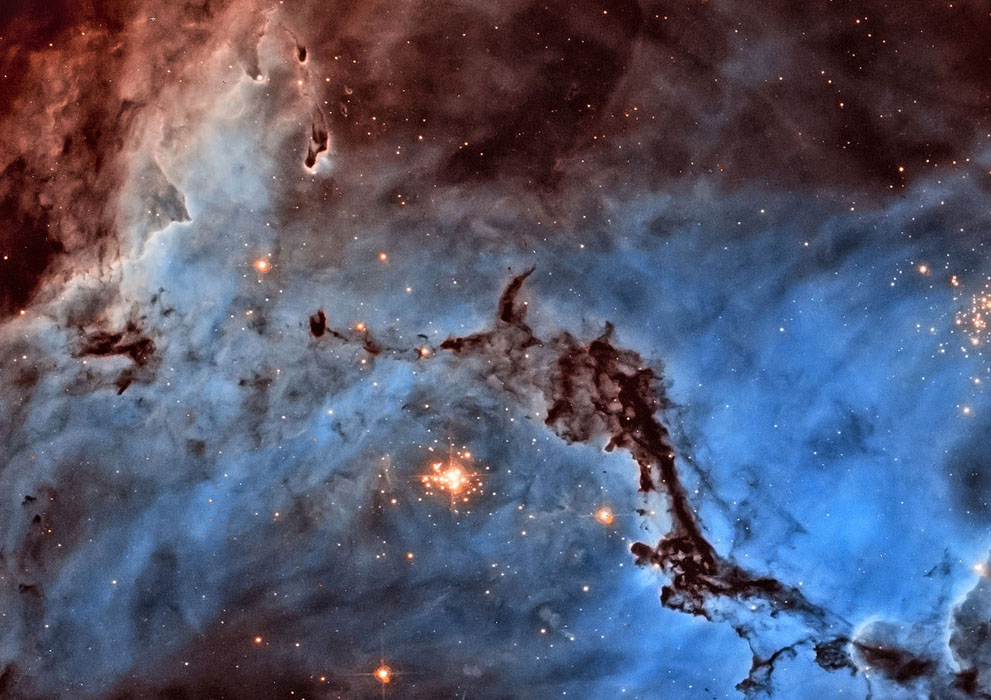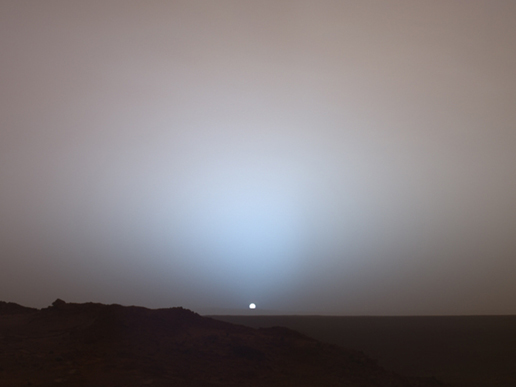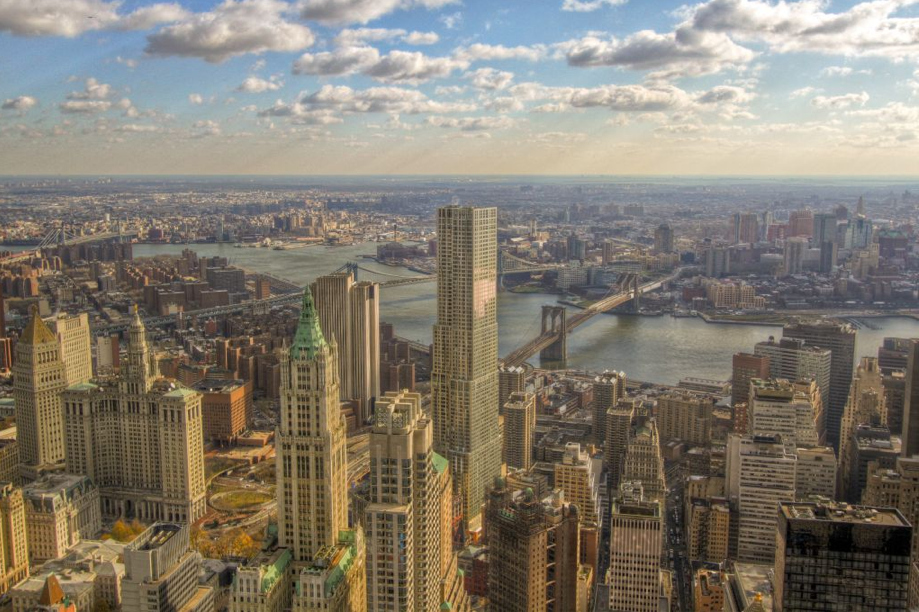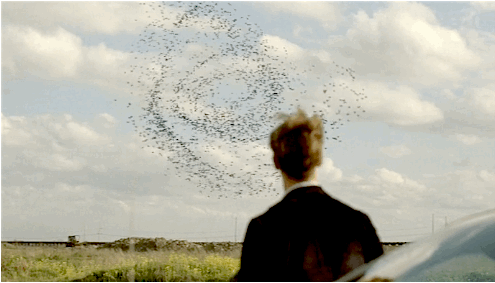 “For many fans of weird fiction, the surprising appearance of this madness-inducing play into what ostensibly appeared to be just another police procedural was a bolt of lightning. Suddenly, the tone of the show changed completely, signaling the descent into a particular brand of horror rarely (if ever) seen on television.”
“For many fans of weird fiction, the surprising appearance of this madness-inducing play into what ostensibly appeared to be just another police procedural was a bolt of lightning. Suddenly, the tone of the show changed completely, signaling the descent into a particular brand of horror rarely (if ever) seen on television.”
In io9, Michael Hughes explores True Detective‘s many references to The King in Yellow, an 1895 collection of short stories by Robert Chambers, and a “fictional play…that brings despair, depravity, and insanity to anyone who reads it or sees it performed.”
As Molly Lambert of Grantland pointed out of HBO’s dark and addictive mini-series, “True Detective’s closest relative is Twin Peaks, which mined similarly nocturnal depths. Both shows espouse mythologies that feel extremely personal to the creators but also eerily universal, tapping into the same brain waves as paradoxical sleep.”
For his part, show creator Nic Pizzolatto recently talked about his debt to another Weird Fiction author, Thomas Ligotti. “I first heard of Ligotti maybe six years ago, when Laird Barron’s first collection alerted me to this whole world of new weird fiction that I hadn’t known existed. I started looking around for the best contemporary stuff to read, and in any discussion of that kind, the name ‘Ligotti’ comes up first…[H]is nightmare lyricism was enthralling and visionary.
On top of everything else, True Detective also has one of the more captivating credit sequences in recent years, as per below. (It apparently owes a heavy debt to the work of artist/photographer Dan Mountford.)
